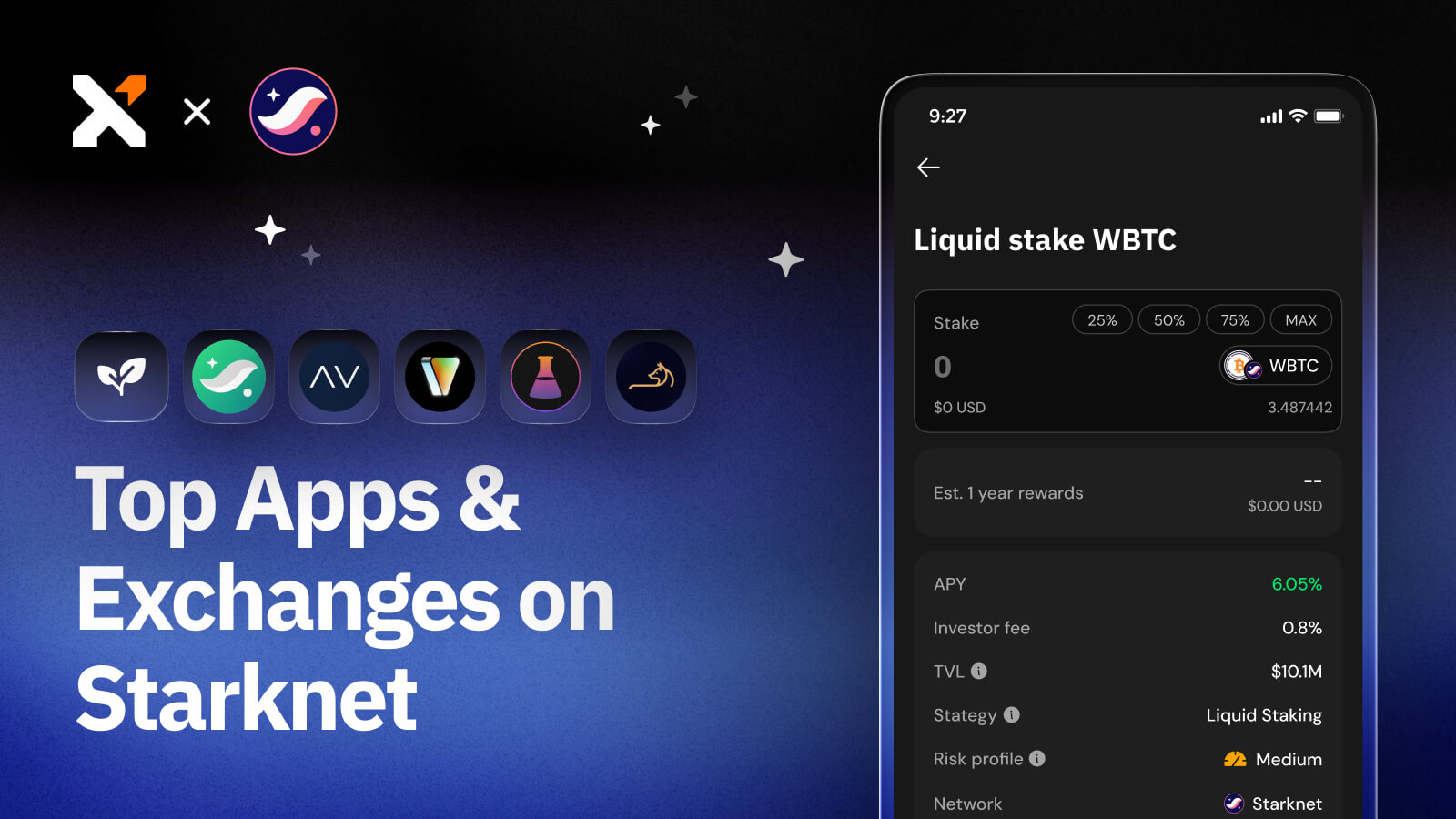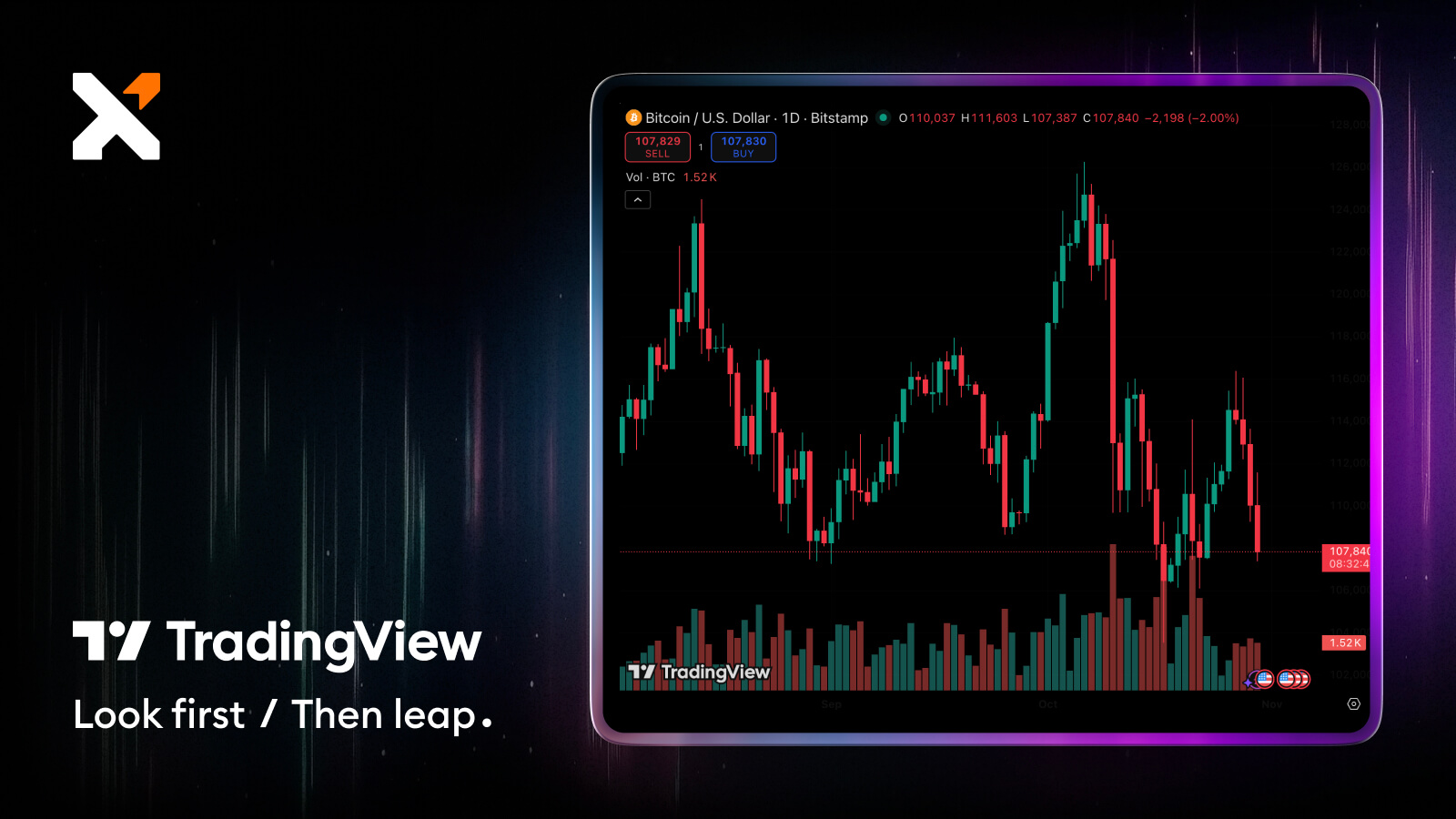BRC-20 vs. ERC-20 Tokens: Unpacking the Differences & Similarities
Learn about the similarities and differences between BRC-20 and ERC-20 tokens in this beginner’s guide on the two token standards.

Sign up for updates!
Stay tuned to our latest news and updates
.svg)
The recently introduced BRC-20 token standard on Bitcoin was inspired by Ethereum’s ERC-20 token standard, hence the similarity in name. However, the two also have significant differences. Read on to learn more about the similarities and differences between BRC-20 and ERC-20.
What Is the BRC-20 Token Standard?
BRC-20 (Bitcoin Request for Comment 20) is an experimental standard for fungible tokens on Bitcoin, enabling the creation of digital tokens on the Bitcoin blockchain.
The new token standard is powered by Ordinals, a protocol that allocates ordinal numbers to satoshis (sats) in the order in which they are mined without making any changes to the Bitcoin protocol. This numbering scheme, called Ordinal Theory, allows individual sats to be inscribed (appended) with data, transferred, and tracked throughout the Bitcoin supply.
A token standard is a set of rules that guides how tokens are created, managed, and issued on a blockchain. It allows tokens to interact with each other predictably. Typically, different blockchains have varying standards and rules for various types of tokens.
The Ordinals protocol’s initial use case was the creation of on-chain, Bitcoin-native, non-fungible tokens (NFTs). Nonetheless, developers have built on Ordinals to expand its use cases and capabilities. The BRC-20 token standard emerged from the enthusiasm surrounding building on Bitcoin using Ordinals.
The first wave of BRC-20 tokens has been dominated by meme coins, with the likes of DOMO, ORDI, and PIZA emerging early on as some of the largest tokens by market capitalization.
Pseudonymous developer Domo developer introduced the BRC-20 token standard to Bitcoin in March 2023. He modeled it after Ethereum’s ERC-20 token standard, even though they aren’t identical. According to Dune Analytics, over 21 million BRC-20 tokens have been minted so far at the time of writing.
You can mint BRC-20 tokens with Xverse Mint App.
What Is the ERC-20 Token Standard?
ERC-20 (Ethereum Request for Comment 20) is a standard for fungible tokens on the Ethereum blockchain.
Developer Fabian Vogelsteller proposed the token standard in 2015 via the Ethereum Improvement Proposal (EIP) process. As the twentieth comment, the proposal got the name ERC-20. It was later approved and implemented in 2017.
ERC-20 tokens are generated using smart contracts, and you’ll need ETH to create an ERC-20 token. So far, developers have minted over 450,000 ERC-20 tokens.
The standard consists of several rules that guide developers in building smart contract-powered ERC-20 tokens. These rules state that tokens must have names, symbols, and decimals. They also define how tokens are transferred, how to check the token balance, and how to set the total supply, among other things.
The ERC-20 token standard is crucial since it enables interoperability between smart contracts within the Ethereum ecosystem. This allows developers to correctly predict how tokens function and interact with other tokens.
BRC-20 vs. ERC-20: A Side-by-Side Comparison

How Does BRC-20 Compare to ERC-20 in Terms of Adoption And Market Capitalization?

The ERC-20 token standard has existed since 2017, making it more established than BRC-20. Some of the most popular tokens in the crypto space today, like stablecoins Tether USD and USD Coin, Uniswap’s UNI, and Shiba Inu (SHIB), were created using the ERC-20 standard. So, it’s not surprising that the market capitalization of ERC-20 tokens is currently much higher than BRC-20 tokens.
As per CoinLore data, the current market cap of ERC-20 tokens is more than $600 billion. On the other hand, BRC-20 tokens have a market cap of $207 million at the time of writing, as reported on CoinGecko.
When the hype surrounding BRC-20 tokens peaked in May 2023, the market cap almost hit the $1 billion mark. This hype was driven by speculation as investors traded meme coins, which make up the largest percentage of BRC-20 tokens.
Furthermore, the ERC-20 token standard is used to create stablecoins, governance tokens for DeFi protocols, and utility tokens for all Ethereum-based projects. These diverse applications make the ERC-20 standard more widely adopted than BRC-20, which doesn’t yet have much utility or any governance functions.
Nevertheless, the BRC-20 standard has attracted fun communities that are building tokens around popular internet memes like Pepe the Frog, Doge, and Wojak and well-known crypto terms, people, and events like Piza, Moon, Oshi, Domo, Maxi, Bull, and Sats. BRC-20 tokens are also inspired by Ordinal inscriptions such as Taproot Wizards and Bitcoin Punks.
How Are BRC-20 Tokens Different From Bitcoin Ordinals?
While Bitcoin Ordinals and BRC-20 tokens are generated using Ordinal Theory, the former are non-fungible while the latter are fungible. Fungibility refers to a token’s ability to be interchanged with an identical token. For instance, you can exchange 1 BTC for 1 BTC.
However, a non-fungible token (NFT) cannot be traded with another NFT because it is unique and distinguishable. For example, there are 10,000 Bitcoin punks in existence, but each punk has different features distinguishing it from the rest. Therefore, you cannot trade one Bitcoin Punk for another since they are unequal in value.
FAQs
What Is the Difference Between BRC20 And BEP20?
BRC-20 is an experimental standard for fungible tokens on Bitcoin. It is based on the Ordinals protocol, which uses Ordinal Theory to assign ordinal numbers to satoshis. The BRC-20 token standard was introduced by Domo, a pseudonymous developer, in March 2023.
On the contrary, BEP-20 is a token standard for fungible tokens on Binance’s BNB Smart Chain. It extends ERC-20, making it compatible with this Ethereum token standard for fungible tokens. Binance launched BEP-20 in September 2020.
Where Can I Mint BRC-20 Tokens?
Xverse has launched Xverse Mint, a new app for minting BRC-20 tokens faster and at low fees, thanks to bulk minting. Simply choose the token you wish to create and click “Mint.” Then enter the required details and hit “Submit.”
And that’s it! That’s how easy it is to mint the latest BRC-20 tokens using Xverse Mint and your Xverse wallet. Your BRC-20 tokens will appear in your Xverse wallet after the block the tokens were minted in has been mined.
Where Can I Buy BRC-20 Tokens?
You can buy specific BRC-20 tokens on centralized crypto exchanges such as Gate.io, XT.com, OKX, and Bitget.
If your preferred token isn’t listed on a crypto exchange, you can look for it on Unisat. Unisat is a platform that allows users to inscribe Bitcoin Ordinals, BRC-20 tokens, and .sats names. It also offers a marketplace to trade any of these Bitcoin-native assets. Alternatively, you buy and sell BRC-20 tokens on the decentralized trading protocol ALEX.
Once you have purchased your BRC-20 tokens, you can store them on Xverse. Xverse is the most advanced Bitcoin wallet that enables you to securely store Bitcoin, Stacks assets, Ordinals, and BRC-20 tokens.
How Many BRC-20 Tokens Are There?
Out of the 27 million total inscriptions minted today, 21 million are BRC-20 tokens. This figure indicates that BRC-20 tokens are more popular than Ordinal inscriptions and all the other token standards developers have built using the Ordinals protocol.
The popularity of BRC-20 tokens could be attributed to the fact that they are fun and light-hearted. They draw inspiration from internet memes, famous people in Bitcoin, and prominent Bitcoin terms. You can securely store all BRC-20 tokens in your Xverse BRC-20 token wallet.
Share this article



.svg)


.webp)

